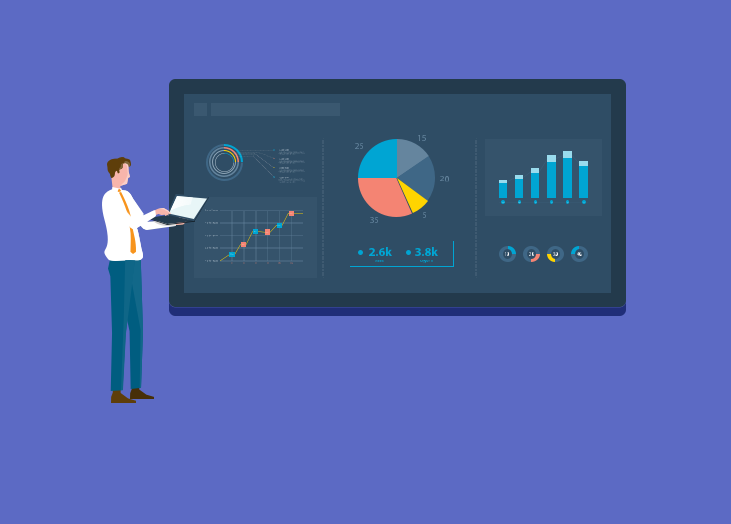Dashboard reporting is a data visualization tool that presents complex information in an easy-to-understand format. It allows you to monitor your KPIs and track progress toward your goals. With dashboard reporting, you can quickly identify trends, patterns, and outliers in your data.
At its core, dashboard reporting is all about presenting data visually. Dashboards typically include charts, graphs, tables, and other visual elements that help to convey important information at a glance. They allow you to communicate insights with stakeholders effectively. To get more information about dashboard reporting you may visit this site..

Image Source: Google
Dashboard reports come in different shapes and sizes; they can be customized based on the needs of the business or industry verticals. Some dashboards are simple while others are more intricate. Most importantly, however, it must cater to the specific metrics that need monitoring for meaningful analysis.
Dashboard reporting is an incredibly useful tool for businesses of all sizes. One of the main benefits of dashboard reporting is that it provides a quick and easy way to keep track of important metrics and data in real time. This allows businesses to quickly identify any issues or trends, which can be addressed before they become major problems.
Another benefit of dashboard reporting is that it enables better decision-making. By presenting key metrics and data in an easily digestible format, businesses can make more informed decisions based on accurate information rather than relying on gut instincts or assumptions.
Dashboard reporting also helps with communication within the organization by providing a common language for everyone involved. Rather than having different departments use their own terminology or methods for measuring success, dashboard reporting ensures that everyone has access to the same information presented in a consistent manner.
Dashboard reporting saves time and effort by automating many tasks related to tracking and analyzing data. Instead of manually compiling reports or sifting through spreadsheets, businesses can rely on their dashboards to provide up-to-date information at all times.
